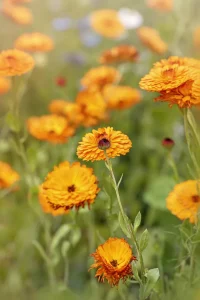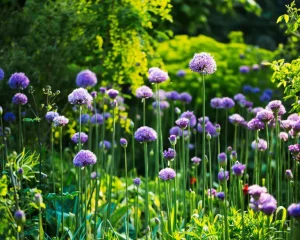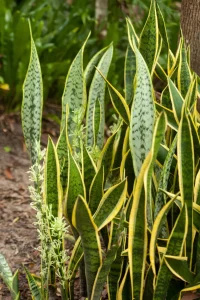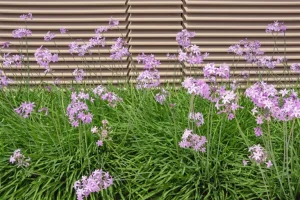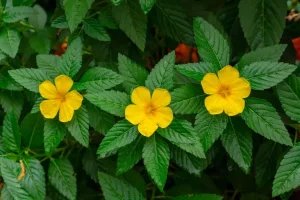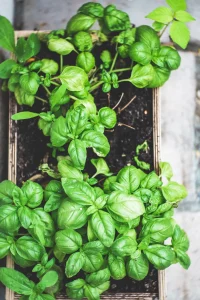These snake repellent plants will help keep your home and yard pest free. By creating an anti-snake zone, you can relax and safely enjoy your outside space without worry.
Knowing the best snake repellent plants can be hugely important if you live in an area where they thrive. Fans of damp, secluded spots with dense leaf cover and also sun-bathed rock gardens, snakes can easily take up residence on your plot without you knowing – that is until they are suddenly disturbed. Although many snakes are not venomous or a threat to humans and animals, just having their presence so near to your home can be hugely unnerving, so it makes sense to deter them where possible.
One of the easiest and most environmentally friendly ways to do this is to grow key snake-repellent plants around your yard and home that they dislike. With a strong sense of smell – or at least their ability to gather molecules which they then run past their Jacobson’s organ – there are many natural scents snakes simply can’t stand.
These are our top 10, and you’ll be glad to know that there are many mosquito repellent plants and fly repellent plants amongst them.
10 Snake-Repellent Plants to Help Protect Your Home And Yard
From aromatic herbs and fragrant flowers to plants with prickly foliage, there are many species to grow that are also highly attractive and useful in the kitchen too. So, scroll through and discover your favorite snake-repellent plants that possess the power to keep your plot snake-free.
Credit: Source link
